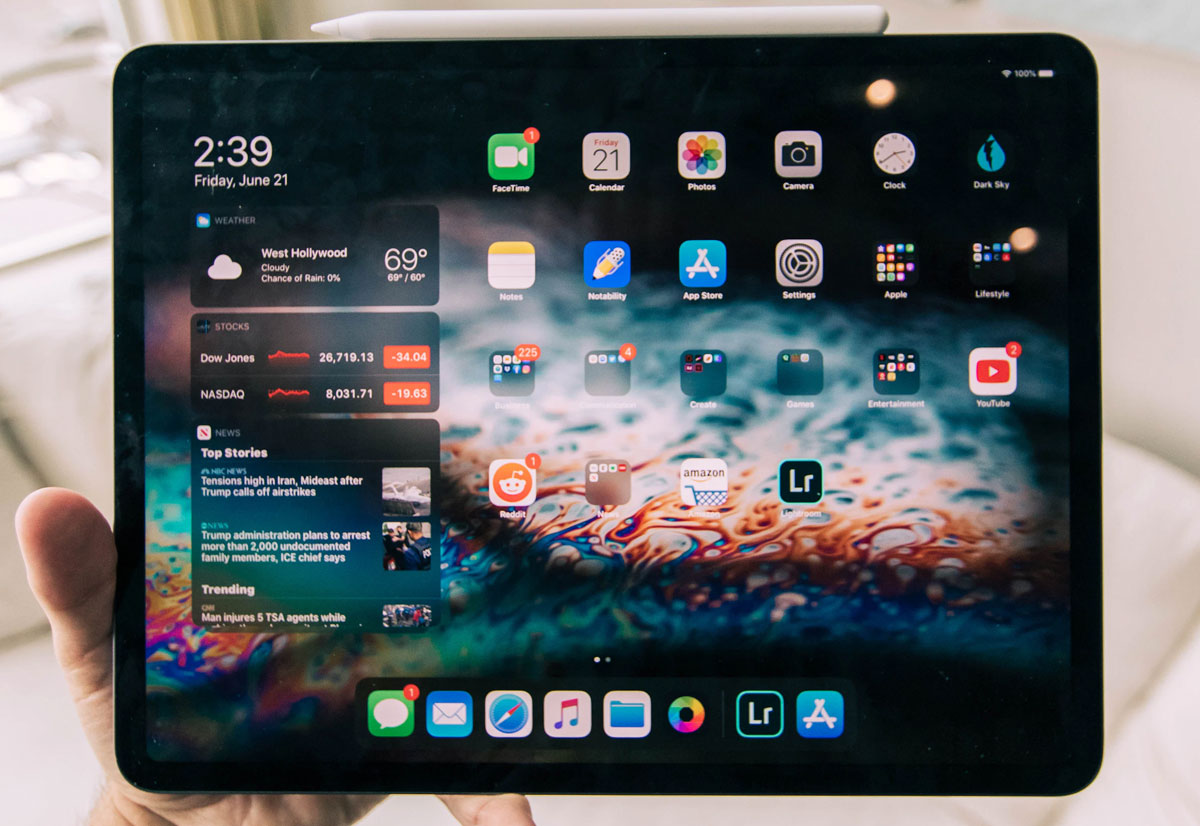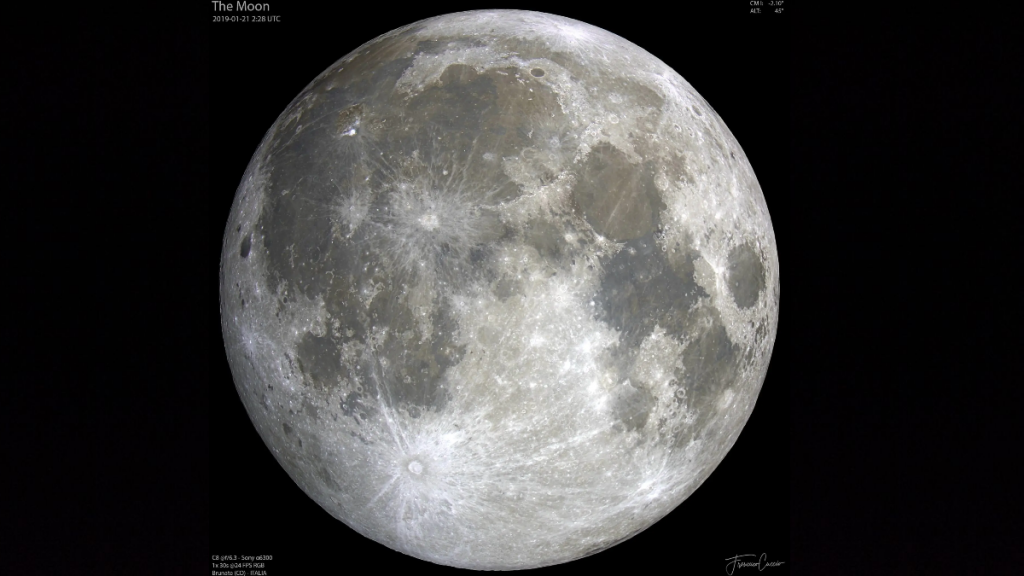By analyzing data obtained from seismometers on the moon, a regularity in small earthquakes shaking it was observed.
The Moon was geologically active between 3.7 and 2.5 billion years ago, experiencing earthquakes, volcanic eruptions and gas emissions. Because the Moon is an airless body, evidence of this past has been carefully preserved in the form of extinct volcanoes, lava channels, and other identifying features. Although the Moon has been geologically inactive for billions of years, it is constantly shaken by small earthquakes due to tidal forces (due to Earth’s gravitational pull) and temperature changes. Thanks to the Apollo missions, scientists measured these activities, called “moonquakes,” using seismometers placed on the surface.
In a recent NASA-funded study, a team of researchers from the California Institute of Technology (Caltech) re-examined seismic data using a machine learning model. This revealed that earthquakes occur with precise regularity, coinciding with the sun rising to its peak in the sky and then slowly setting. From this point of view, earthquakes are a kind of “lunar alarm clock,” which could be useful for future missions and colonists on the Moon.
Lunar earthquakes
Unlike tidal forces found within the Moon, earthquakes are the result of temperature changes in the lunar crust (thermoquakes). The moon’s airless environment essentially means that the sun’s heat is not retained, and sunlight does not gradually raise the surface temperature. As a result, the crust is heated to temperatures of up to 120°C during peak daytime hours and drops to a minimum temperature of -133°C at night.
This is why the Earth’s crust expands and contracts rapidly, causing small earthquakes. In 1972, astronauts Apollo mission 17 Seismometers were placed on the moon’s surface to measure this activity. The sensors collected data over an eight-month period (October 1976 to May 1977), which remained largely unchanged until recently. The team reanalyzed this lunar seismic data with the help of a machine learning model. Their analysis showed that thermal earthquakes occur with precise regularity each afternoon when the sun leaves its peak position in the sky and the surface begins to cool rapidly. However, the model also detected morning seismic signatures that appeared different from evening quakes.
Researchers were able to pinpoint the source of the activity, and found that the morning tremors were coming within a few hundred meters of seismometers, specifically the Apollo 17 lunar lander itself! Every morning, when sunlight reaches the car, its surface heats up and expands, causing vibrations in the ground that are detected by the seismic system.
This data could have major implications for future missions to the Moon, including NASA’s Artemis program. Although thermal earthquakes are too small to be felt by anyone on the Moon, these results provide data that could influence the design of future landers and equipment as composite materials will be used instead of alloys to avoid triggering local earthquakes.
Look underground
In addition, seismic activity is a good way to explore the interiors of celestial bodies, which can be used to infer internal structures and locate materials (such as water ice) underground.
We hope to be able to map out subsurface drilling and search for sediments. There are also some areas in the Moon’s south pole craters that never see sunlight and are permanently in shadow. If seismometers are installed in the area in the future, we could look for water ice trapped underground because seismic waves travel more slowly through water.
Passione Astronomia has always tried, through scientific publishing, to build a community of the most informed and aware people. This is also why we decided to write a book dedicated to astronomy. It is written in a clear and simple way, precisely because for us, revelation should be available to everyone. You found it here.
Although there are no plate tectonics or volcanic activity on the Moon, researchers still have many questions about the Moon’s internal structure. The researchers said it is important to know as much existing data as possible so that we can design experiments and missions to answer the right questions. The Moon is the only planetary body other than the Earth that has more than one seismometer at the same time, and it gives us a unique opportunity to comprehensively study a body other than our home.
source: The universe today, Journal of Geophysical Resources – Planets

“Internet trailblazer. Travelaholic. Passionate social media evangelist. Tv advocate.”


-U14831412660OWK-1440x752@IlSole24Ore-Web.jpg?r=1170x507)




More Stories
What to eat to lose weight for breakfast, lunch and dinner, in addition to rice
A new laser space communications system has been successfully tested
The globular cluster NGC 6440 in a new image taken by the James Webb Space Telescope